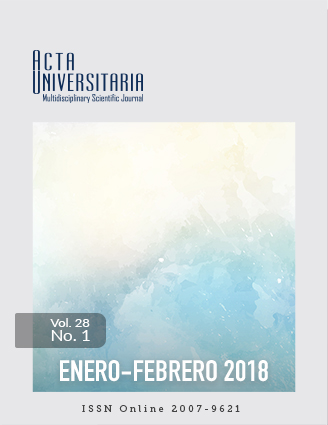Time separation cow-calf and social behavior of holstein heifer weanling
Published 2018-04-13
Keywords
- Separation cow-calf,
- behavior,
- productivity.
- Separación madre-cría,
- comportamiento,
- productividad.
How to Cite
Abstract
The long-term effect of mother-calf separation in dairy cattle has been little studied, even when it has been found that this effect has profound repercussions on the behavior and physiology of both mother and breeding in the short term (few hours after separation). Therefore, in this research, the social behavior of 30 Holstein heifer weanlings (78 ± 10 kg weight and 79 ± 7 days old), separated from their mothers at 24 h post-partum (T1) or immediately after delivery (T2), was studied during seven weeks. The separation time cow-calf did not affect the range of social hierarchy breeding in the seven weeks after post-weaning, since no significant difference was found neither in the index shift (IDO) and success rate (IDE) nor in the behavioral variables. However, some authors indicate that this effect can be displayed in adulthood once the young have reached sexual maturity, so more research is needed.

